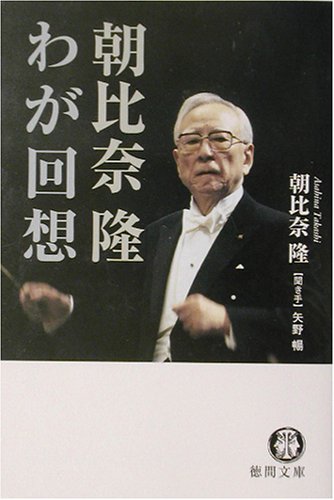7 0 0 0 OA 大正期「南進論」の特質
- 著者
- 矢野 暢
- 出版者
- 京都大学東南アジア地域研究研究所
- 雑誌
- 東南アジア研究 (ISSN:05638682)
- 巻号頁・発行日
- vol.16, no.1, pp.5-31, 1978 (Released:2018-06-02)
This article aims at throwing into relief views of "Nanyo" (Southeast Asia) in Japan during the Taisho period (1912-1926). There has until now been a consensus among scholars that the idea of "Nanshin" (advance to the South) existed only in the Meiji and Showa periods. In this article, the author wishes to challenge this stereotype view on the "Nanshin" theory. It is easy to verify that "Nanyo" was discussed more often and energetically by Japanese people in the Taisho period than in the previous (Meiji) period. More importantly, the basic conditions that made possible the creation of the "Greater East Asia Co-prosperity Sphere" scheme were laid during the Taisho period. Hence, the conclusion of this essay is that the discussions made in the Taisho period were vital in paving the way for Japan's advance to the South in the Showa period, and, therefore, the significance of the Taisho period should not be underestimated.
- 著者
- 矢野 暢
- 出版者
- 京都大学東南アジア研究センター
- 雑誌
- 東南アジア研究 (ISSN:05638682)
- 巻号頁・発行日
- vol.12, no.2, pp.269-274, 1974
この論文は国立情報学研究所の学術雑誌公開支援事業により電子化されました。
- 著者
- 矢野 暢
- 出版者
- 京都大学
- 雑誌
- 東南アジア研究 (ISSN:05638682)
- 巻号頁・発行日
- vol.6, no.1, 1968-06
この論文は国立情報学研究所の学術雑誌公開支援事業により電子化されました。
3 0 0 0 OA 大正期「南進論」の特質 (<特集>近代日本の南方関与)
- 著者
- 矢野 暢
- 出版者
- 京都大学東南アジア研究センター
- 雑誌
- 東南アジア研究 (ISSN:05638682)
- 巻号頁・発行日
- vol.16, no.1, pp.5-31, 1978-06
この論文は国立情報学研究所の学術雑誌公開支援事業により電子化されました。
2 0 0 0 「山田長政」はいなかった
- 著者
- 矢野 暢
- 出版者
- 中央公論新社
- 雑誌
- 中央公論 (ISSN:05296838)
- 巻号頁・発行日
- vol.102, no.6, pp.p228-238, 1987-05
2 0 0 0 20世紀音楽の構図 : 同時代性の論理
- 著者
- 矢野 暢
- 出版者
- 岩波書店
- 雑誌
- 日本政治学会年報政治学 (ISSN:05494192)
- 巻号頁・発行日
- no.1980, pp.p111-139, 1980
2 0 0 0 OA V 地域研究と政治学
- 著者
- 矢野 暢
- 出版者
- 日本政治学会
- 雑誌
- 年報政治学 (ISSN:05494192)
- 巻号頁・発行日
- vol.31, pp.111-140, 1982-04-08 (Released:2009-12-21)
1 0 0 0 OA サリットとタイ国の「親米」外交
- 著者
- 矢野 暢
- 出版者
- JAPAN ASSOCIATION OF INTERNATIONAL RELATIONS
- 雑誌
- 国際政治 (ISSN:04542215)
- 巻号頁・発行日
- vol.1968, no.36, pp.11-26, 1968-05-10 (Released:2010-09-01)
- 参考文献数
- 41
1 0 0 0 日本を変えるシナリオ
1 0 0 0 東南アジア世界の構図 : 政治的生態史観の立場から
1 0 0 0 劇場国家日本 : 日本はシナリオをつくれるか
- 著者
- 矢野暢著
- 出版者
- ティビーエス・ブリタニカ
- 巻号頁・発行日
- 1982
1 0 0 0 日本の国際化を考える
1 0 0 0 朝比奈隆わが回想
- 著者
- 朝比奈隆矢野暢[著]
- 出版者
- 徳間書店
- 巻号頁・発行日
- 2002
1 0 0 0 日本の「南進」と東南アジア
1 0 0 0 新デタント : 東西対立を超えて
- 著者
- 矢野暢編 中尾光昭訳
- 出版者
- 日本YMCA同盟出版部
- 巻号頁・発行日
- 1985
1 0 0 0 東南アジア政策 : 疑いから信頼へ
1 0 0 0 タイ・ビルマ現代政治史研究
- 著者
- 矢野暢著
- 出版者
- 京都大学東南アジア研究センター
- 巻号頁・発行日
- 1968










